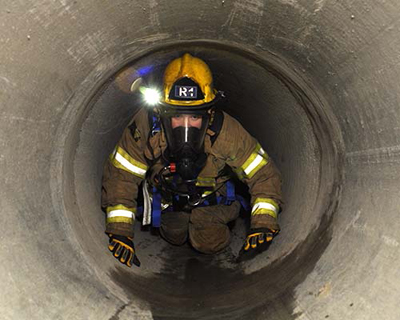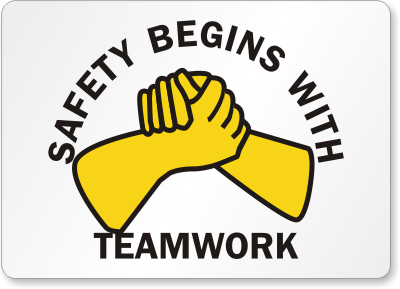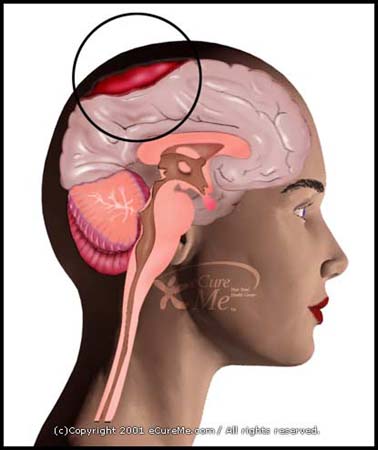The State of California reported seven fatalities and two injuries among workers operating in a confined space in 2011. One of the fatalities occurred during an attempted rescue. Two workers in Houston, Texas were injured recently as a result of an explosion at a hydraulic fracturing tank site. OSHA, after inspecting the site earlier this year, cited serious health and safety violations on the company. The organization also found that the workers were made to enter a ruptured tank (confined space) for cleaning, without first testing it for atmospheric hazards, and training the employees on the hazards of confined spaces.
Each year, nearly 100 workers are killed in confined spaces in the US. Of this number, about 60% are comprised of rescue –personnel or co-workers who attempted saving the workers inside a confined space. According to OSHA, “Confined and enclosed space operations have a greater likelihood of causing fatalities, severe injuries, and illnesses than any other type of shipyard work.” This is because workers employed in confined spaces are operating under unusual circumstances with restricted movement.
It is clear from the statistics that, owing to the critical nature of the work, confined spaces pose a high risk to the lives and health of the workers operating in them. Moreover, a significant number of fatalities occur due to lack of sufficient training. In reality, most of these fatalities are preventable.
Identifying the risk of working in an enclosed space and understanding the causes of confined space casualties are the primary steps toward preventing accidents.
Causes & Risks of Confined Space Accidents
A lack of training, as we have witnessed in the above cases, is one of the major reasons for confined space accidents. Untrained personnel working in and around confined spaces can put their own lives at risk and impinge on performing rescue operations. Other reasons why accidents in confined spaces occur or can occur include errors in judgment of the obstacles and hazards presented by a confined space; if existing hazards are not controlled or eliminated before a worker steps in a confined space; the absence of an attendant; rescue personnel not reaching on time; inexperienced rescue personnel attempting rescue; and a lack of sufficient warnings posted around confined spaces to identify confined spaces and signal untrained personnel to keep away from them.
Some of the risks or hazards involved in working in confined spaces can be broadly classified as atmospheric, engulfment, entrapment, mechanical and electrical categories. Atmospheric hazards include little or too much oxygen, flammable gas, or combustion dust. Engulfment hazards include being swallowed in sand or grain; entrapment hazards include suffocation or entrapment by inwardly converging walls, or sloping floors. Mechanical hazards include conveyors or gears. Other risks that an entrant may encounter include poor lighting, unsecure footing, falling objects, temperature extremes and more.
What does the law say?
OSHA Standard 29 CFR 1910.146 specifies practices and procedures in order to protect employees employed in the general industry from permit space hazards. A permit space is a confined space that has one or more of the following characteristics: a space that contains or holds a possibility to contain a hazardous atmosphere; a space that holds a material that can potentially engulf somebody entering the space; a space that has an internal configuration that might entrap or asphyxiate an entrant; or a space that holds any other recognized health or safety hazards.
Employers must determine through workplace evaluations if there are any permit spaces. In case permit spaces are present in a workplace, the employer must inform exposed workers of their existence, locations, and the hazards they present. As per OSHA, “This can be done by posting danger signs such as “DANGER—PERMIT-REQUIRED CONFINED SPACE—AUTHORIZED ENTRANTS ONLY” or using an equally effective means.” Employers must also create a written permit space program and provide the same to workers or their representatives.
If employees, however, are not required to enter and work in permit required confined spaces, employers must prevent them from entering these spaces by taking necessary and useful measures.
How Can Confined Space Fatalities Be Prevented?
Each confined space may present a typical hazard different from another confined space of a similar nature; however, below are some general safety policies that should be applied to prevent confined space fatalities. The following steps have been advocated by the National Institute for Occupational Safety and Health (NIOSH) that all managers, supervisors, and workers must understand and familiarize themselves with.

1. Recognition & Training
Workers must be made aware, through proper training, exactly what a confined space is and includes. They must also understand the hazards that may be faced while they are in these confined spaces. Training should emphasize on the fact that any lapse in precautions can lead to the death of a worker.
2. Testing, Evaluation, and Monitoring
A qualified person should test the confined space before an entry is made. He or she should determine whether the space is safe to enter. A confined space should be tested for its oxygen level, flammability, and toxic substances. The space should be evaluated for LOTO procedures, ventilation, PPE-required communications systems to be employed, special tools needed, and methods to isolate space by electrical or mechanical means.
3. Rescue
Rescue procedures should be charted out prior to entry. Each type of confined space should have a specific rescue operation. Each entry should be assigned a standby person when required. The standby person should be outfitted with rescue equipment like a safety line affixed to the worker working in the confined space, protective clothing, or self-contained breathing apparatus. The safety line attached should be used by the standby person to rescue the worker. Frequently practicing rescue procedures should be a part of the training. The aim behind practicing rescue operations repeatedly is to avoid any chances of error while performing actual rescue operations and ensuring a calm and systematic response to an emergency.










 40. Never remove safety guards that are there to protect you or leave machinery running unattended that requires you to operate it.
40. Never remove safety guards that are there to protect you or leave machinery running unattended that requires you to operate it.

